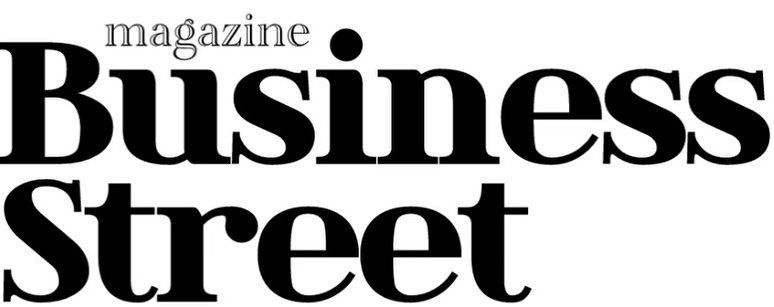Following the pandemic-driven boom, the luxury industry has slipped into a prolonged slump. In its core markets of the U.S. and China, demand remains weak, and even market leader LVMH missed expectations in the second quarter: the Fashion & Leather Goods division shrank and group revenue declined organically. Investors fear a lasting cooling of the roughly 400 billion Euro sector, further aggravated by the potential introduction of U.S. tariffs.
Kering has been hit particularly hard: Gucci sales plunged 25 percent in Q2, and the group reported double-digit revenue declines, despite isolated bright spots such as Bottega Veneta. Pricing measures are being prepared to offset tariffs, but in a price-sensitive environment this represents a delicate balancing act.
One driver of the weakness is consumer fatigue with rising prices. According to the Financial Times, up to 80 percent of growth between 2019 and 2023 came from price hikes. In 2025, brands are slowing the pace to around three percent on average—the lowest rate since 2019. Bain continues to forecast market contraction, as millions of »aspirational consumers« have dropped out.
China’s structural transformation is also weighing on the sector, with weaker consumption, growing reluctance to buy for status, and a boom in secondhand luxury as a cheaper alternative. Platforms for pre-owned designer goods are expanding rapidly, putting pressure on both first-time purchases and full-price sales.
Not all players are suffering equally. Richemont is profiting from high-end jewelry (Cartier, Van Cleef & Arpels) and recently posted gains, while Hermès continues to grow in 2025 thanks to scarcity and brand strength. Both are regarded as more defensive anchors in an otherwise sluggish market.
